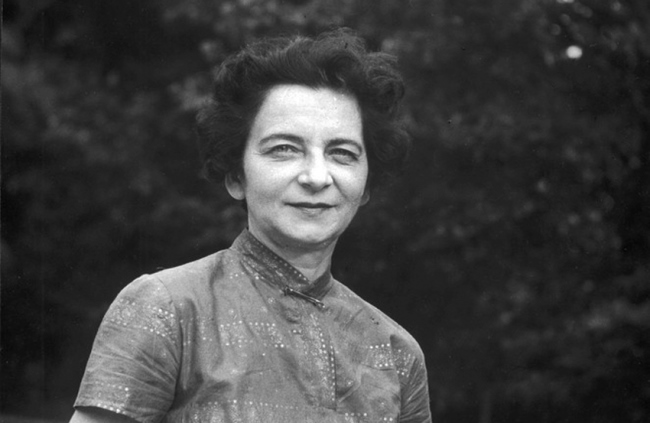Bohuslav Martinů, Symphony No. 6, Fantaisies symphoniques
Bohuslav Martinů, Symphony No. 6, Fantaisies symphoniques
by Peter Laki
Written for the concert Triumph of Art, which was performed on December 7, 2017 at Alice Tully Hall, Lincoln Center.
Born December 8, 1890, in Polička, Czechoslovakia
Died August 28, 1959, in Liestal, Switzerland
Composed in 1951–53
Premiered on January 7, 1955 in Boston, Massachusetts with the Boston Symphony Orchestra
Performance Time: Approximately 28 minutes
Bohuslav Martinů said about his Fantaisies symphoniques, also known as his Sixth Symphony: ‟[It is] a work without form. And yet something holds it together, I don’t know what, but it has a single line, and I have expressed something in it.” While the composer never explained that ‟something,” it is clear that there was a very personal impulse behind the symphony, and that the creative process was a bit of a mystery even to the creator.
Certainly, this work has numerous features that are unique in the vast output of the Czech master. The very opening, with its mysterious murmurs in woodwinds and solo strings, transpierced by an insistent trumpet call, has a thoroughly modern sound that is lightyears removed from the neo-classicism Martinů had long been cultivating. But this amorphous opening contrasts with passages of extremely clear-cut major-mode sonorities, achieving a fascinating blend where seemingly incompatible styles are joined together as in a fantasy world. This may have been one reason why Martinů chose to call his work ‟Symphonic Fantasias”—another being the fact that no traditional forms, such as sonata form, are observed. (The composer’s first idea for a title had been Nouvelle symphonie fantastique, with a nod to Berlioz.)
A single principal motif that runs through the entire piece—a simple musical idea of four notes (F—G-flat—E—F). These two half-steps, separated by a half-step, are first introduced by an unaccompanied solo cello right after the initial ‟murmurs.” (The motif actually derives from the opening of Dvořák’s Requiem.) The fiery Allegro that follows includes a gentle, pentatonic episode also possibly influenced by Dvořák—in this case, the ‟American” Dvořák. After all, the symphony, like the other five that Martinů wrote, date from the composer’s twelve-year sojourn in the United States (1941–53). The movement culminates in a highly unusual passage scored for solo violin and percussion which leads to the return of the ‟American” theme and then of the murmuring introduction.
Commentators have described the second movement as a ‟scherzo” of sorts, no doubt because of its high energy and the unpredictable thematic changes. In the rapid tremolos of the opening, dissonant clashes pile up to form a dense and dissonant texture, which dissolves when a new melody, played by the violas, softens the mood. After a long string of orchestral ostinatos (all of which include the half-step), a new formal unit begins in which long woodwind melodies are set against some nervous figurations in the strings. The insistence on short motivic units of two or three notes, repeated almost without variation, recalls Leoš Janáček, the most important Czech composer from the generation before Martinů: the author of the famous Sinfonietta was also fond of working with such tiny melodic units. After a return of the viola theme and a massive orchestral buildup, Martinů’s movement ends in a rather abrupt and subdued fashion.
Most of the third and last movement is a meditation on the Dvořák-Requiem motto, with the tense atmosphere temporarily brightened by a lyrical clarinet melody, but the brief idyll is disrupted by a new dramatic buildup, into which Martinů inserted a quote from his opera Juliette, perhaps his favorite among all his works. Another melody with ‟American” syncopations leads to the climax, after which a final recall of the motto and a soft chorale bring the symphony—and with it, Martinů’s American period—to its conclusion. The work was actually finished in Paris, where the composer had lived before the war and where he now returned. Except for another seven-month period spent in New York in 1955–56, he remained in Europe—France, Italy, and Switzerland—until his death in 1959.
Peter Laki is Visiting Associate Professor of Music at Bard Conservatory of Music.

